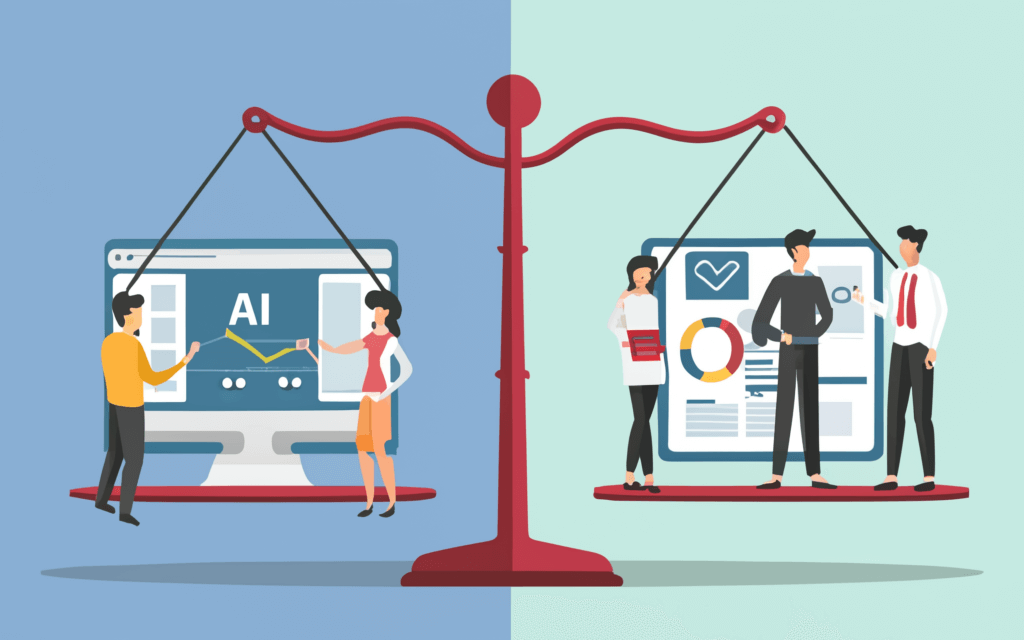TL;DR:
- AI investments in Asia reach unprecedented levels, raising concerns about an “AI bubble”
- Experts draw parallels between the current AI hype and previous failed hype cycles, such as the dot com bubble
- Startups focusing on generative AI, like Cohere, see soaring valuations while profitability remains elusive
The Rise of AI and the Fear of an Impending Bubble
Artificial intelligence (AI) and artificial general intelligence (AGI) are taking the world by storm, with Asia at the forefront of this technological revolution. However, as investments in AI reach new heights, concerns about an “AI bubble” are growing. Analysts warn that this bubble could burst, leaving investors in a precarious position.
Richard Windsor, a tech stock analyst, expressed his concerns in a recent research note, stating that:
“…capital continues to pour into the AI sector with very little attention being paid to company fundamentals.”
This situation is reminiscent of previous hype cycles, such as the dot com bubble of 1999, which ultimately ended in disaster for many investors.
Surging Investments and Soaring Valuations
In recent weeks, AI companies have experienced significant growth and investor interest. Cohere, a startup focusing on generative AI, is reportedly in late-stage discussions that would value the company at $5 billion. Meanwhile, Microsoft has made a $13 billion investment in OpenAI and hired most of the staff from AI startup Inflection AI.
Windsor believes that “companies are rushing into anything that can be remotely associated with AI, which could lead to inflated valuations and unrealistic expectations.”
Echoes of the Past: Comparisons to Previous Hype Cycles
Experts have drawn parallels between the current AI hype and previous failed hype cycles, such as the dot com bubble and the autonomous driving craze of 2017. Kai Wu, founder and chief investment officer of Sparkline Capital, noted that “some people are scrambling to get exposure [to AI] at any cost, while others are sounding the alarm that this will end in tears.”
Even industry insiders, like Emad Mostaque, recently ousted CEO of AI company Stability AI, have expressed concerns. Mostaque referred to the current situation as the “‘dot AI’ bubble” and predicted that it “will be the biggest bubble of all time.”
Potential Consequences of an AI Bubble Burst
If the AI bubble were to burst, the consequences could be devastating for investors and the tech industry as a whole. Windsor warned that the “ones that are likely to bear the brunt of the correction are the providers of generative AI services who are raising money on the promise of selling their services for $20/user/month.”
In the face of these concerns, some experts, like Windsor, choose to stay away from the frenzy, while others caution against building products on unproven AI technologies, such as chatbots that struggle to distinguish between truth and “hallucinations.”
In Conclusion: Tech Boom or Bust?
Lots of smart people, like bosses of tech companies, people who put money in businesses, and those who study the market, are saying what’s happening now is a lot like what happened before a big stock market crash in 2000, which caused tough times in the US and Europe. But we don’t know yet if the big excitement about AI will end up the same way.
What do you think about the potential AI bubble in Asia? Have you witnessed any signs of inflated expectations or unrealistic valuations in the AI and AGI sectors? Share your thoughts and experiences with us, and don’t forget to subscribe for updates on AI and AGI developments in Asia.




 Prompts1 month ago
Prompts1 month ago


 Life2 months ago
Life2 months ago


 Life2 months ago
Life2 months ago


 Business2 months ago
Business2 months ago


 Business2 months ago
Business2 months ago


 Learning2 months ago
Learning2 months ago


 Marketing2 months ago
Marketing2 months ago


 Business2 months ago
Business2 months ago




















